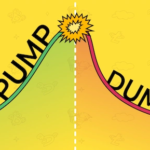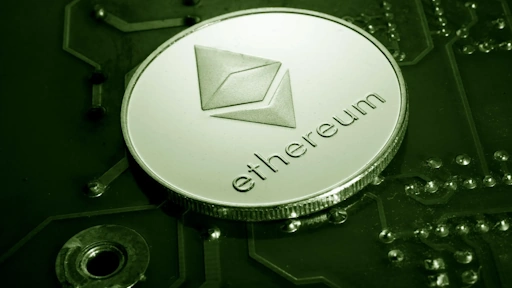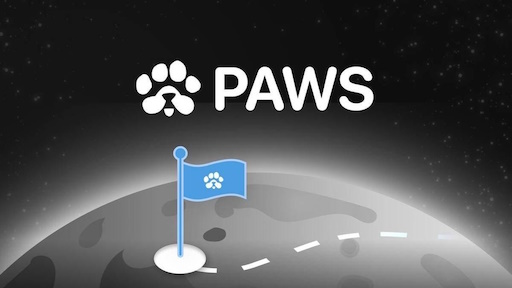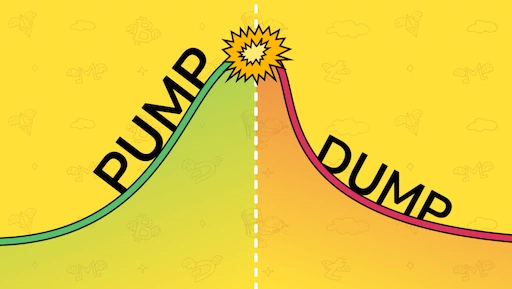Ethereum has become one of the most significant innovations in the cryptocurrency space. It began with a bold vision from a young programmer and has transformed the way we think about decentralized systems, smart contracts, and financial applications. Despite facing high transaction fees and various technical challenges along the way, Ethereum has proven its resilience, scalability, and adaptability. Today, it is more than just a cryptocurrency; it’s a global platform for decentralized applications (dApps) and one of the cornerstones of the blockchain revolution.
In this post, we’ll explore Ethereum’s history, why it became successful despite challenges, how you can own some, and the key risks you should consider before diving into Ethereum as an investment.
The Birth of Ethereum: A Vision Beyond Bitcoin
The Concept
Ethereum was conceived in late 2013 by Vitalik Buterin, a young Russian-Canadian programmer who was initially involved with Bitcoin. Vitalik saw the potential of blockchain technology but believed that Bitcoin’s scripting language was too limited for building complex applications. He envisioned a platform where developers could create decentralized applications (dApps) and execute “smart contracts”—self-executing contracts with the terms of the agreement directly written into code.
In 2013, Vitalik released the Ethereum white paper, outlining a new blockchain that would go beyond Bitcoin’s use case as a store of value and digital currency. His proposal was to create a Turing-complete blockchain—a platform where any logic could be encoded and executed on-chain.
The Launch
Ethereum officially launched on July 30, 2015, with the release of its first version called Frontier. This marked the start of a new era for blockchain technology, as developers could now build decentralized applications on Ethereum’s platform. The Ethereum network introduced the concept of gas, a unit of measurement for the computational work required to execute transactions and smart contracts.
Ethereum’s initial funding came from an Initial Coin Offering (ICO), which ran from July 2014 to August 2014. This ICO raised over $18 million, making it one of the largest crowdfunding campaigns in history at that time. The ICO sparked significant interest in Ethereum and laid the foundation for its initial success.
The Rise to Prominence: Building the Blockchain Ecosystem
The Role of Smart Contracts and dApps
The core innovation behind Ethereum was its ability to execute smart contracts. These contracts are written in code, and once deployed on the Ethereum network, they are automatically executed when their conditions are met. Smart contracts enable the creation of decentralized applications (dApps), which operate on the Ethereum blockchain and run autonomously without intermediaries.
Over the next few years, Ethereum’s ecosystem began to expand rapidly. Projects built on Ethereum grew in number and complexity, with use cases in everything from decentralized finance (DeFi) and gaming to supply chain management and insurance. Some of the most popular decentralized applications today, such as Uniswap, Aave, MakerDAO, and Chainlink, are built on the Ethereum blockchain.
Ethereum’s ability to support such a wide array of decentralized services was a key reason why it gained traction so quickly and became the foundation for the emerging decentralized finance movement.
The Rise of Ethereum 2.0 and Scalability Concerns
As Ethereum gained popularity, it began to face issues related to scalability and transaction fees. When the network became congested due to high demand, transaction fees (known as “gas fees”) surged dramatically. At its peak, users were paying hundreds of dollars in gas fees to execute smart contracts or simply to send ETH between wallets. While this was a serious challenge, it didn’t halt Ethereum’s growth. Instead, it highlighted the need for solutions that could help Ethereum scale while keeping fees manageable.
In response to these challenges, the Ethereum community began working on Ethereum 2.0 (ETH 2.0), a major upgrade to the Ethereum network that would address scalability, security, and energy efficiency. Ethereum 2.0 introduced a Proof of Stake (PoS) consensus mechanism to replace the energy-intensive Proof of Work (PoW) mechanism. This upgrade, which is being rolled out in phases, will allow Ethereum to process more transactions per second (TPS) and drastically reduce fees.
ETH 2.0 is expected to reduce transaction costs and improve the speed and security of the Ethereum network, making it even more attractive for developers and users.
Why Ethereum Became Successful Despite High Fees
Network Effects and Developer Adoption
One of the key factors in Ethereum’s success is its network effect. Ethereum is home to one of the largest communities of developers, blockchain enthusiasts, and businesses. This vast ecosystem has attracted billions of dollars in investments, partnerships, and innovations, creating a flywheel effect where success attracts more developers, users, and investors, which in turn leads to even more success.
Despite high fees, Ethereum remained the platform of choice for developers because of its flexibility, security, and established infrastructure. Other blockchains like Binance Smart Chain or Solana have attempted to compete by offering lower fees and faster transaction times, but Ethereum’s brand, user base, and developer ecosystem have kept it at the top.
Institutional Interest and DeFi Growth
Ethereum also benefited from the growing interest in decentralized finance (DeFi), which exploded in popularity in 2020 and 2021. DeFi applications, which enable users to lend, borrow, trade, and earn interest without intermediaries, are primarily built on Ethereum. Large institutional investors, venture capital firms, and major enterprises began to take notice of Ethereum’s role in the growing DeFi ecosystem, further cementing its status as a leading blockchain.
Ethereum’s transition to ETH 2.0 is also seen as a crucial step to addressing its scalability problems, making it even more attractive for long-term investment.
How to Own Ethereum: A Step-by-Step Guide
If you’re considering owning some Ethereum, here’s how to do it:
1. Set Up a Wallet
To store Ethereum securely, you’ll need a digital wallet. There are many options available, but some of the most popular are:
- Hot wallets: Software wallets like MetaMask, Trust Wallet, or Coinbase Wallet that are easy to use and connect directly to Ethereum-based dApps.
- Cold wallets: Hardware wallets like Ledger or Trezor, which offer enhanced security by storing your private keys offline.
2. Buy Ethereum
Once you have a wallet set up, you can purchase Ethereum. The most common ways to buy ETH are:
- Centralized exchanges like Coinbase, Binance, Kraken, or Gemini where you can buy ETH using fiat currencies like USD, EUR, or GBP.
- Decentralized exchanges (DEXs) like Uniswap or SushiSwap, where you can trade other cryptocurrencies for ETH without needing a centralized intermediary.
3. Transfer Ethereum to Your Wallet
If you buy Ethereum on an exchange, it’s a good idea to transfer your ETH to your personal wallet for added security. Exchanges are more prone to hacks, and keeping your ETH in a personal wallet ensures that only you control it.
4. Consider Staking ETH
With Ethereum 2.0, you can participate in staking, which allows you to earn rewards by locking up your ETH to help secure the network. To stake Ethereum, you’ll need to stake at least 32 ETH or use a staking service that allows you to pool smaller amounts of ETH.
Risks to Consider When Investing in Ethereum
As with any investment, Ethereum comes with its risks. Here are some of the key ones:
1. Volatility
Ethereum’s price is highly volatile. While it has experienced massive growth since its inception, it has also seen significant crashes. Be prepared for price swings and consider whether you can tolerate potential losses.
2. Scalability and Gas Fees
Although Ethereum 2.0 promises to reduce gas fees, the network is still in transition, and there is no guarantee that it will completely solve scalability issues in the near future. High transaction fees can make Ethereum impractical for small transactions and may drive users to alternative blockchains.
3. Regulatory Risks
Cryptocurrencies, including Ethereum, are under scrutiny by governments and regulators worldwide. Changes in laws or government action, such as stricter regulations on crypto, could negatively impact Ethereum’s price and adoption.
4. Security and Hacking
While Ethereum is generally secure, the decentralized applications (dApps) built on it may have vulnerabilities. There have been instances of smart contract bugs, hacks, and exploits that have led to significant losses for users.
Conclusion: Is Ethereum a Smart Investment?
Ethereum has proven its worth as a groundbreaking platform, driving the development of decentralized finance and a host of other innovative blockchain applications. Despite challenges like high fees and scalability issues, it has maintained a strong position as the leading blockchain for dApps and smart contracts.
For those considering investing in Ethereum, it can be a smart decision—especially if you believe in the long-term potential of decentralized technologies. However, as with any investment, there are risks involved. Ethereum’s volatility, scalability concerns, and regulatory uncertainties make it important to do thorough research and only invest what you are willing to lose.
Owning Ethereum could give you exposure to the future of decentralized finance and the broader blockchain ecosystem. By staying informed and managing your risks, Ethereum could very well be an essential part of your investment portfolio for the future.











